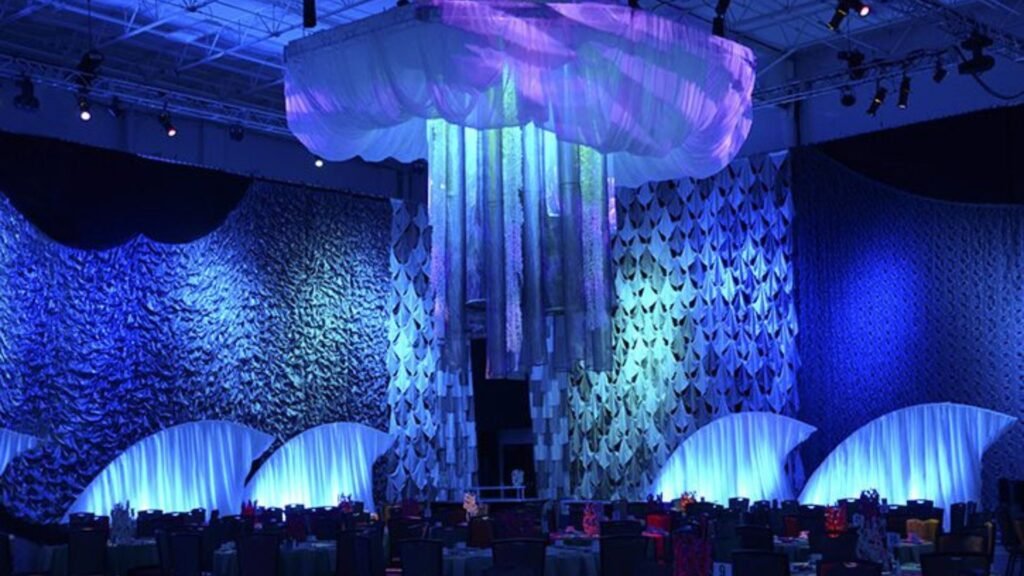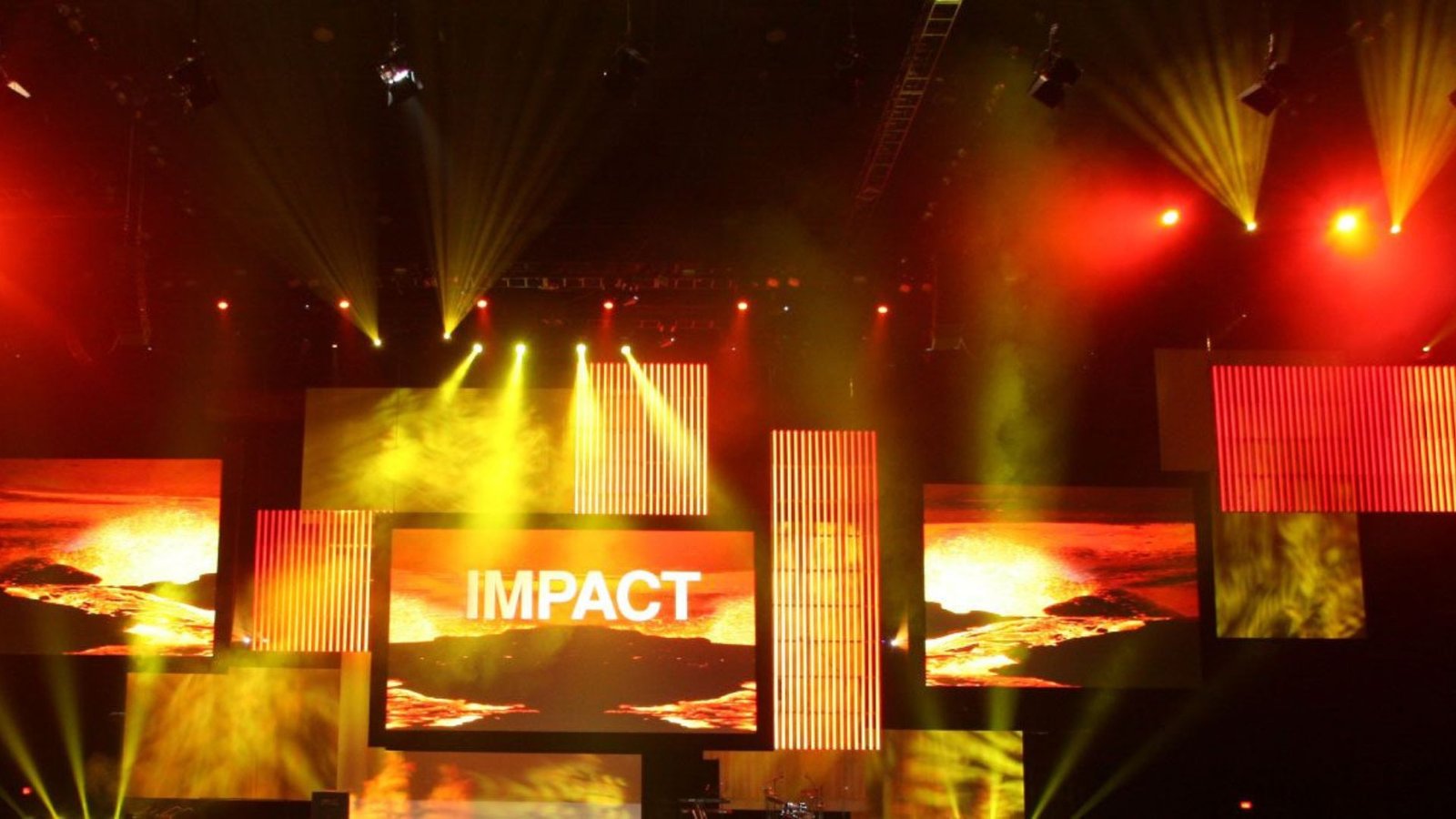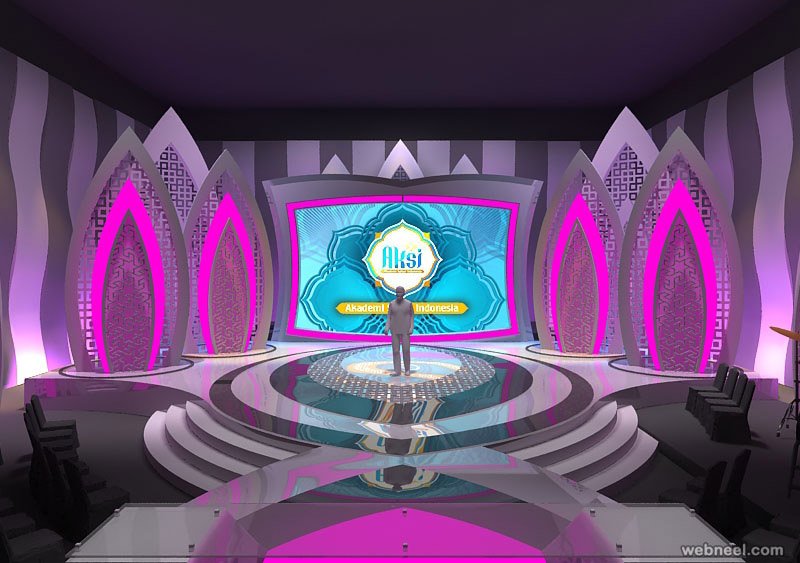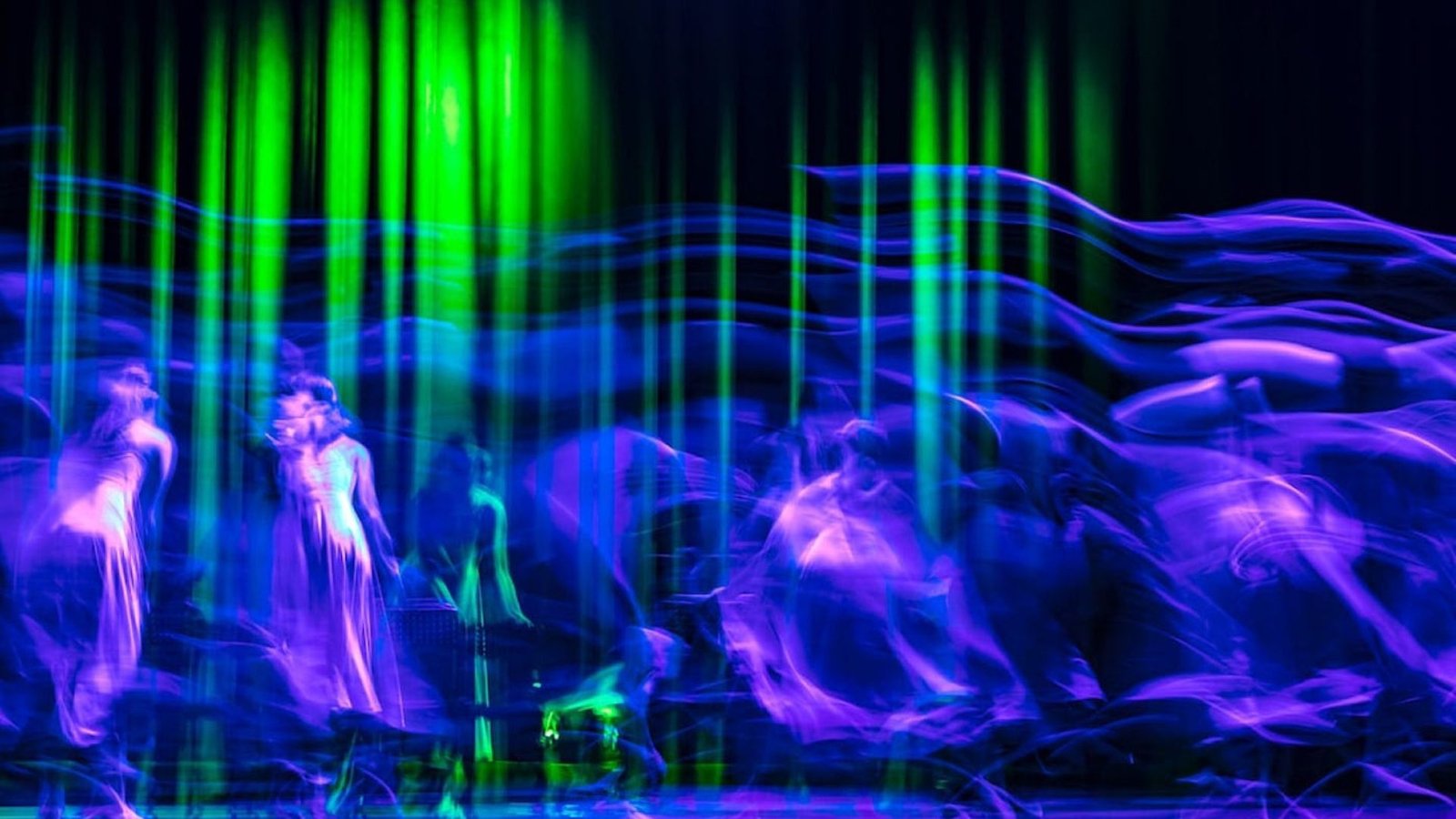Creative stage design can transform a performance, captivating audiences with visually stunning and imaginative environments. Recent productions have showcased groundbreaking approaches to stage design, setting new standards in the industry. This article highlights some of the best examples of creative stage designs from recent productions, demonstrating how innovation and artistry can elevate a performance.

“Hamilton” – Richard Rogers Theatre
Production Overview: Lin-Manuel Miranda’s revolutionary musical, “Hamilton,” has redefined stage design with its minimalist yet dynamic approach.
Design Highlights:
- Versatile Set Pieces: The use of a turntable stage allows for seamless transitions between scenes and locations, enhancing the fluidity of the storytelling.
- Historical Aesthetic: The set design incorporates historical elements and a wooden backdrop that evokes the period while maintaining a modern feel.
- Lighting and Projections: Innovative lighting and projections create mood and context, from the battle scenes to intimate moments, enhancing the overall narrative.
Harry Potter and the Cursed Child” – Palace Theatre, London
Production Overview: J.K. Rowling’s magical world comes to life with a stage design that combines elaborate set pieces with cutting-edge special effects.
Design Highlights:
- Magical Effects: Creative use of flying elements, transformations, and illusions, such as floating candles and moving staircases, brings the wizarding world to the stage.
- Interactive Set Design: The stage incorporates interactive elements that change and adapt, providing a dynamic backdrop that responds to the narrative.
- Integrated Technology: The use of advanced projection technology and practical effects creates immersive and visually spectacular scenes, such as the iconic Hogwarts castle.
The Lion King” – Various Locations
Production Overview: Julie Taymor’s stage adaptation of Disney’s “The Lion King” is renowned for its visually stunning and innovative design.
Design Highlights:
- Puppetry and Costumes: The use of elaborate puppetry and masks brings the animal characters to life in a unique and engaging manner. The design blends traditional African art with modern theatrical techniques.
- Colorful Visuals: The stage design features vibrant colors and intricate patterns that evoke the African savannah and enhance the storytelling.
- Dynamic Staging: The incorporation of moving set pieces and platforms allows for a versatile stage that adapts to different scenes, from the lush jungle to the savannah.
The Curious Incident of the Dog in the Night-Time” – National Theatre, London
Production Overview: Based on Mark Haddon’s novel, this production features a stage design that reflects the protagonist’s unique perspective and experiences.
Design Highlights:
- Geometric Projections: The stage uses geometric projections and LED screens to represent the protagonist’s thought processes and emotional state, creating a visually striking and immersive experience.
- Minimalist Set: A minimalist set design focuses on the use of light and digital elements to convey different environments and moods, allowing the audience to engage with the story more deeply.
- Innovative Use of Space: The stage design includes a moving floor and walls that shift to reflect the protagonist’s journey, creating a dynamic and fluid visual experience.
Dear Evan Hansen” – Music Box Theatre, New York
Production Overview: This contemporary musical features a stage design that reflects the emotional and psychological landscape of the characters.
Design Highlights:
- Social Media Integration: The stage design incorporates large screens and social media feeds that interact with the live performance, reflecting the impact of digital communication on the characters’ lives.
- Intimate Setting: The design focuses on creating an intimate and relatable environment that mirrors the protagonist’s personal struggles and interactions.
- Versatile Elements: The use of modular set pieces and dynamic lighting enhances the storytelling and allows for seamless transitions between scenes.
Moulin Rouge! The Musical” – Al Hirschfeld Theatre, New York
Production Overview: This adaptation of the iconic film features a stage design that captures the opulence and vibrancy of the Moulin Rouge.
Design Highlights:
- Extravagant Decor: The stage design includes lavish costumes, intricate set pieces, and dramatic lighting that evoke the grandeur of Parisian nightlife.
- Visual Spectacle: The use of bold colors, elaborate backdrops, and dazzling effects creates a visually spectacular experience that immerses the audience in the world of the Moulin Rouge.
- Dynamic Movement: The stage incorporates moving set pieces and rotating platforms to enhance the energy and flow of the performance, reflecting the dynamic nature of the musical.
Conclusion
Recent productions have showcased a diverse range of creative stage designs that push the boundaries of traditional theater. From innovative use of technology and interactive elements to elaborate costumes and dynamic staging, these examples highlight the power of stage design in enhancing the overall performance experience. By embracing creativity and experimentation, stage designers continue to elevate the art form and captivate audiences worldwide.




